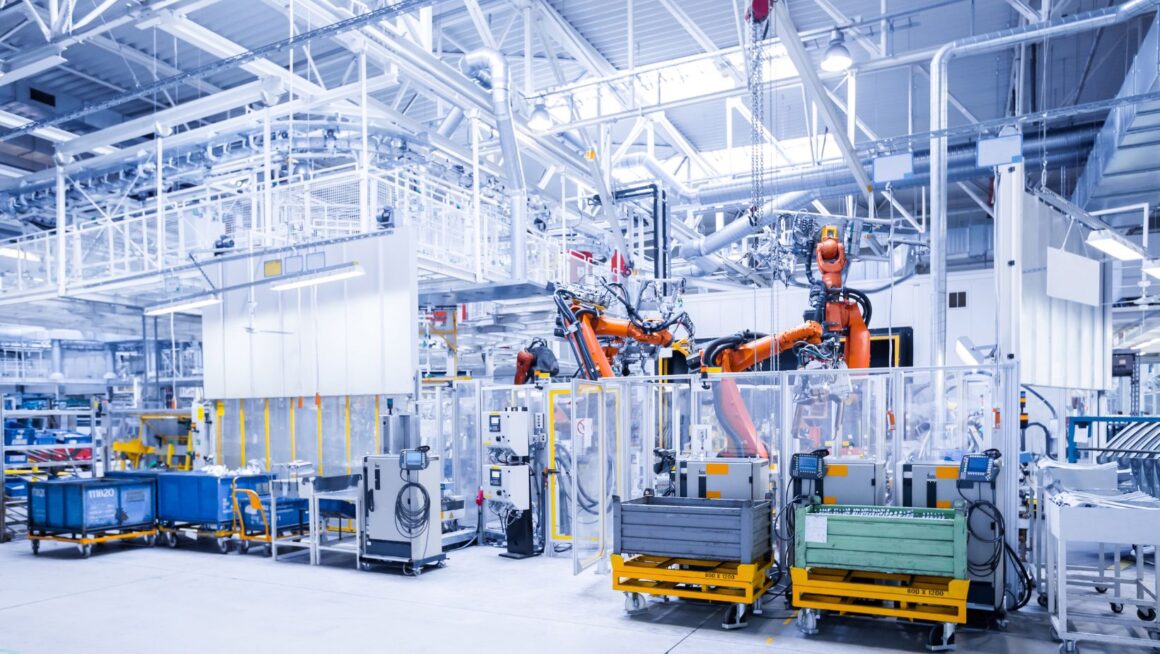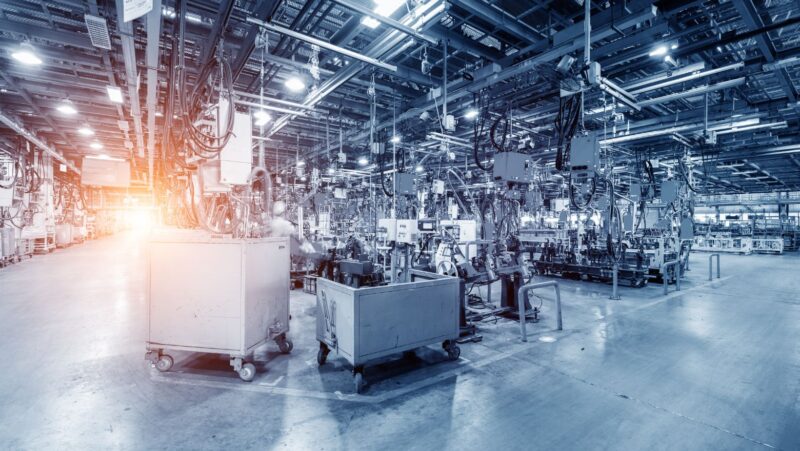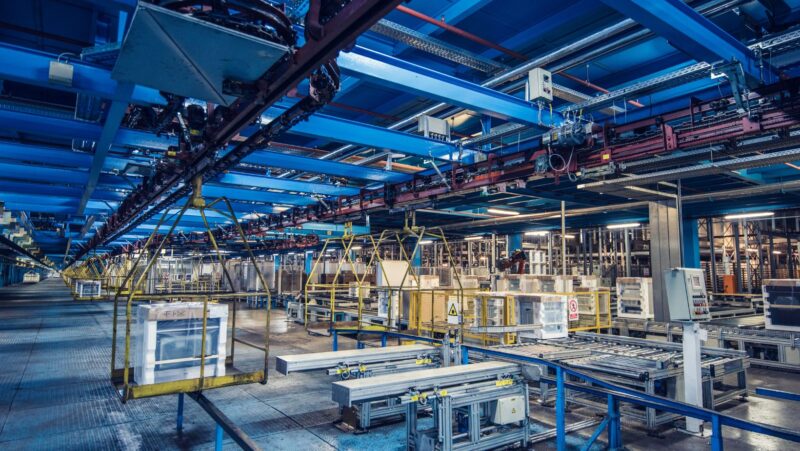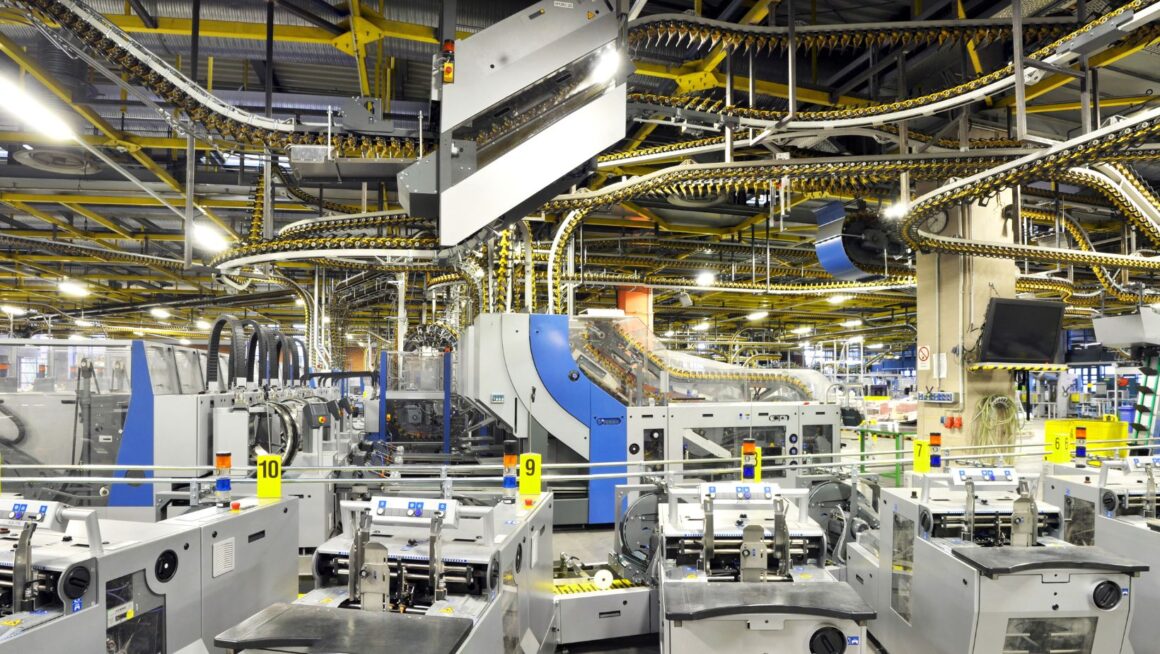
In today’s rapidly evolving landscape, the intersection of technology and capital goods plays a pivotal role in shaping industries worldwide. Advancements in technology have revolutionized the production and utilization of capital goods, driving efficiency and innovation to new heights. From automated manufacturing processes to smart machinery, the integration of technology has not only streamlined operations but also enhanced the overall performance of capital goods.
As technology continues to progress, the impact on capital goods is undeniable. Businesses are leveraging cutting-edge technologies like artificial intelligence and the Internet of Things to optimize the lifespan and functionality of capital goods. This symbiotic relationship between technology and capital goods underscores the importance of staying ahead in a tech-driven economy, where adaptability and innovation are key to success.
What Impact Does Technology Have on Capital Goods?
Historical Perspective on Technology and Capital Goods
Technology has played a pivotal role in transforming the landscape of capital goods industries throughout history. The integration of technology into manufacturing processes has revolutionized the production, maintenance, and efficiency of capital goods. Innovations such as the steam engine during the Industrial Revolution marked a significant shift in how capital goods were produced, laying the foundation for the mechanization of industries. Over the years, several key technological milestones have shaped the development of capital goods. The introduction of computer-aided design (CAD) software revolutionized the design and development phase, allowing for more precise and efficient production of capital goods. Additionally, advancements in materials science have led to the creation of lighter, more durable materials that enhance the performance and longevity of capital goods.
Defining the Relationship Between Technology and Capital Goods
The Role of Technology in Capital Goods Manufacturing
 Technology plays a pivotal role in capital goods manufacturing by revolutionizing processes and enhancing efficiency. Automation and smart machinery have become indispensable components in modern manufacturing plants, streamlining production lines and ensuring precision in the fabrication of capital goods. For instance, the integration of robotic arms in assembly operations has significantly expedited the manufacturing of complex equipment like industrial machinery and precision tools. Incorporating cutting-edge technologies, such as computer-aided design (CAD) software, has revolutionized the product development phase in capital goods manufacturing. Design engineers can now create intricate designs with unparalleled accuracy, leading to the production of high-quality capital goods that meet stringent industry standards.
Technology plays a pivotal role in capital goods manufacturing by revolutionizing processes and enhancing efficiency. Automation and smart machinery have become indispensable components in modern manufacturing plants, streamlining production lines and ensuring precision in the fabrication of capital goods. For instance, the integration of robotic arms in assembly operations has significantly expedited the manufacturing of complex equipment like industrial machinery and precision tools. Incorporating cutting-edge technologies, such as computer-aided design (CAD) software, has revolutionized the product development phase in capital goods manufacturing. Design engineers can now create intricate designs with unparalleled accuracy, leading to the production of high-quality capital goods that meet stringent industry standards.
Technology’s Influence on Capital Goods Maintenance
Technology has redefined the landscape of capital goods maintenance, introducing predictive maintenance systems that leverage data analytics to anticipate equipment failures before they occur. Through the use of IoT sensors and artificial intelligence, maintenance professionals can monitor the health of capital goods in real-time, identify potential issues, and proactively address maintenance needs. This predictive approach minimizes downtime, reduces overall maintenance costs, and prolongs the lifespan of capital equipment. Furthermore, the integration of augmented reality (AR) and virtual reality (VR) technologies has revolutionized maintenance practices by providing interactive training modules for maintenance technicians. AR-enabled smart glasses, for example, can overlay digital instructions onto physical equipment, guiding technicians through complex repair procedures with precision.
Technological Innovation Driving Efficiency in Capital Goods
Automation and Robotics
 Robotics and automation technologies play a pivotal role in enhancing the efficiency of capital goods production processes. Automation in manufacturing plants reduces manual labor, minimizes human error, and ensures consistent quality output. By incorporating robotic arms into assembly lines, companies streamline production, increase productivity, and maintain high precision levels throughout the manufacturing process. These technologies not only optimize operational efficiency but also lead to cost savings by improving resource utilization and reducing overall production time.
Robotics and automation technologies play a pivotal role in enhancing the efficiency of capital goods production processes. Automation in manufacturing plants reduces manual labor, minimizes human error, and ensures consistent quality output. By incorporating robotic arms into assembly lines, companies streamline production, increase productivity, and maintain high precision levels throughout the manufacturing process. These technologies not only optimize operational efficiency but also lead to cost savings by improving resource utilization and reducing overall production time.
The utilization of advanced materials and additive manufacturing techniques has revolutionized the production of capital goods. Companies are now able to create complex components with higher strength-to-weight ratios, increased durability, and enhanced performance characteristics. Additive manufacturing, such as 3D printing, enables the rapid prototyping of parts, leading to quicker design iterations and reduced time-to-market for new products. By leveraging these innovative materials and manufacturing methods, organizations in the capital goods industry can achieve unparalleled levels of customization, efficiency, and sustainability in their production processes.

